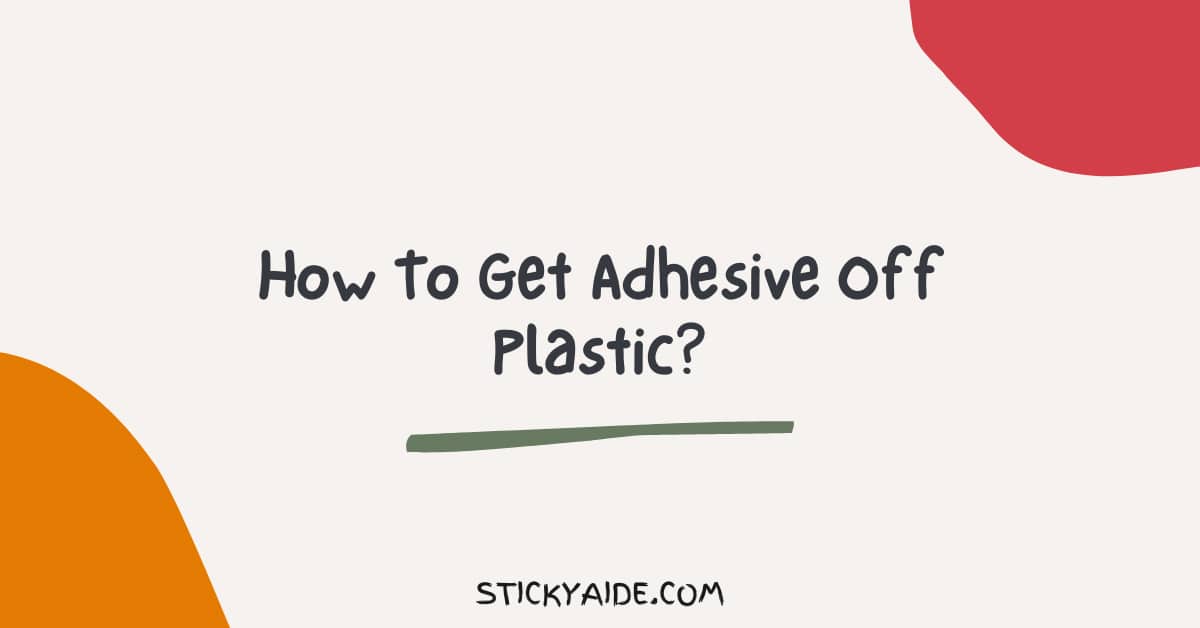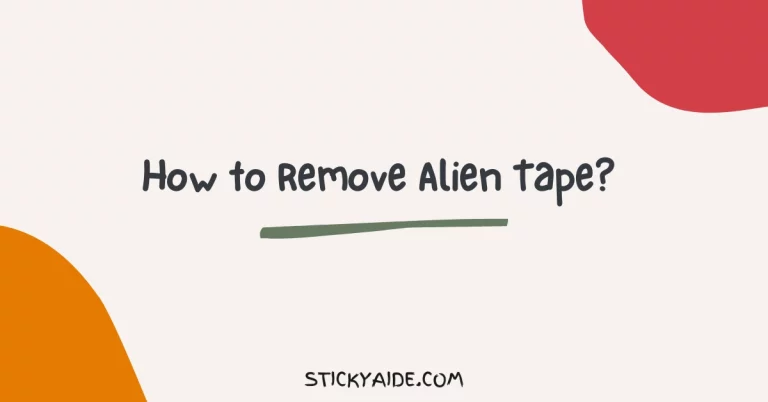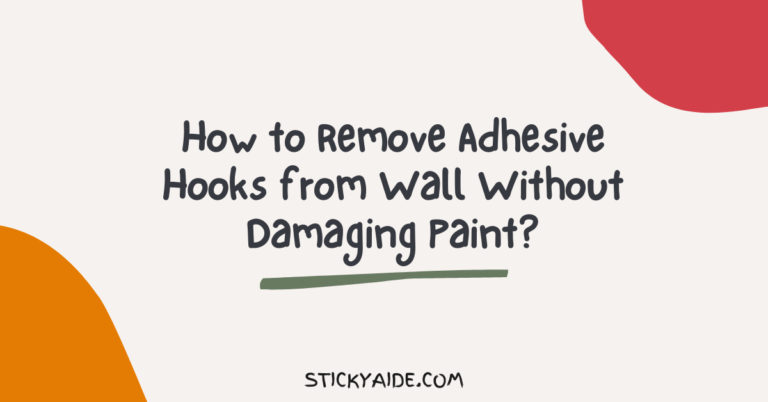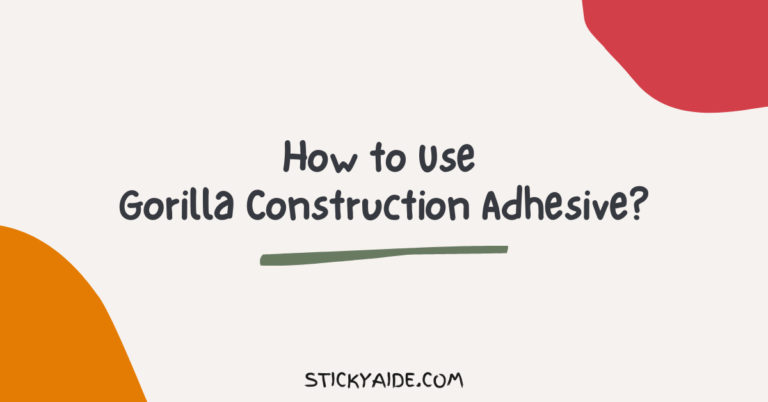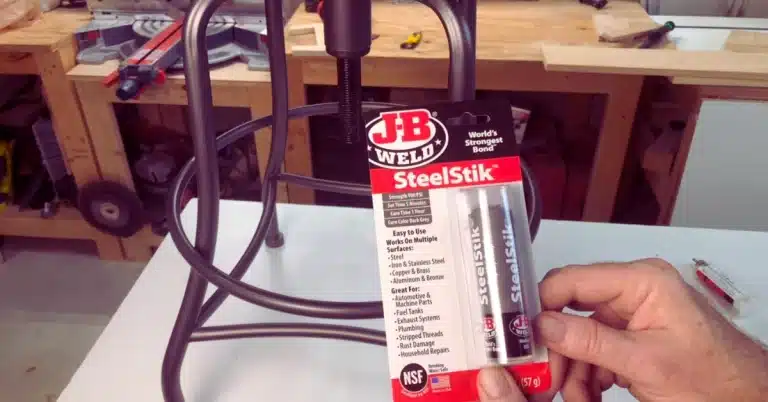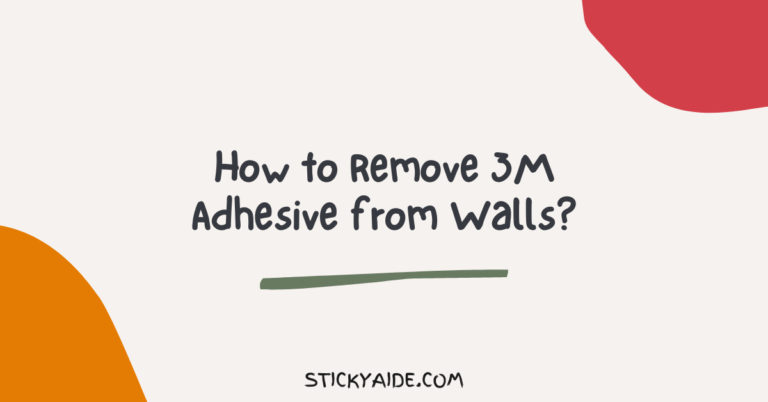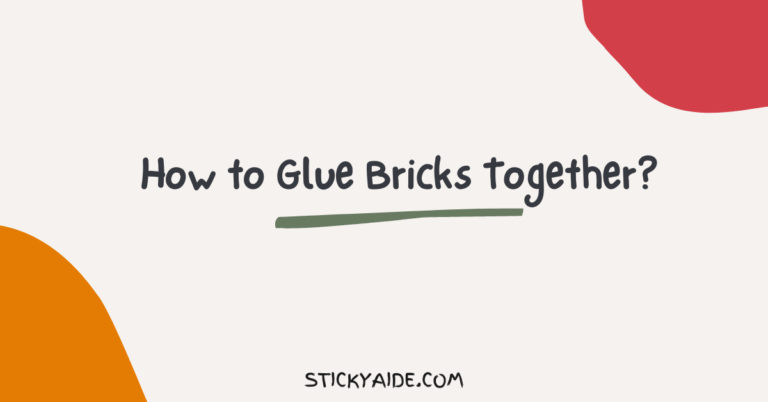Plastic is everywhere. It’s an obvious choice for packaging and manufacturing because it’s cheap, versatile, and durable. But that ubiquity has created a challenge for the millions of people who are forced to deal with it regularly.
Removing it isn’t easy unless you want your plastic to stick to practically everything in sight. Luckily, many effective ways to remove adhesive from plastics without chemical cleaners or harsh abrasive methods.
In this blog post, we will discuss some of them. Keep reading to learn more about how to get adhesive off plastic from plastics at home without using harmful chemicals or expensive equipment.
Read More: How to Remove 3M Adhesive from Walls?
How To Get Adhesive Off Plastic?
Method 1: Using Warm Soapy Water
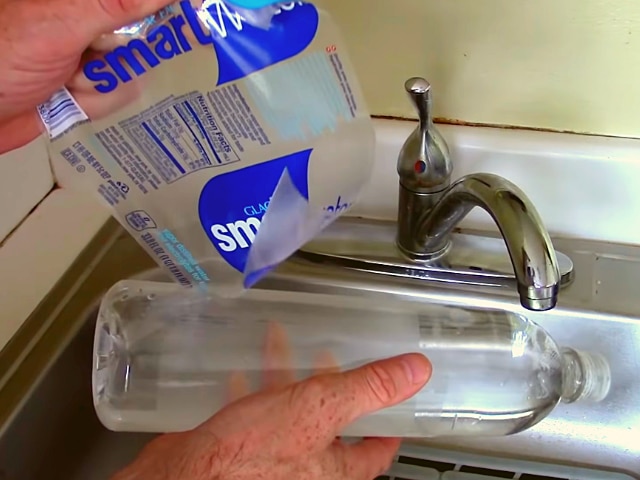
If you don’t have any other methods, you can try the warm soapy water method. Use warm water instead of hot water to avoid damaging the plastic. Soap the adhesive off the plastic with a sponge or soft cloth.
Make sure to get underneath any ridges, crevices, or corners to get rid of them as well. Next, rinse the plastic with clean water to remove the soap and any leftover adhesive. Gently pat dry the plastic with a towel or paper towel before placing it back into use.
Try mixing a cup of white vinegar with water to clean particularly sticky or bothersome stickers or labels. Vinegar has a de-inking effect that makes it an effective cleaner, and it is also an astringent that can help remove adhesive.
Method 2: Olive Oil & Paper Towel
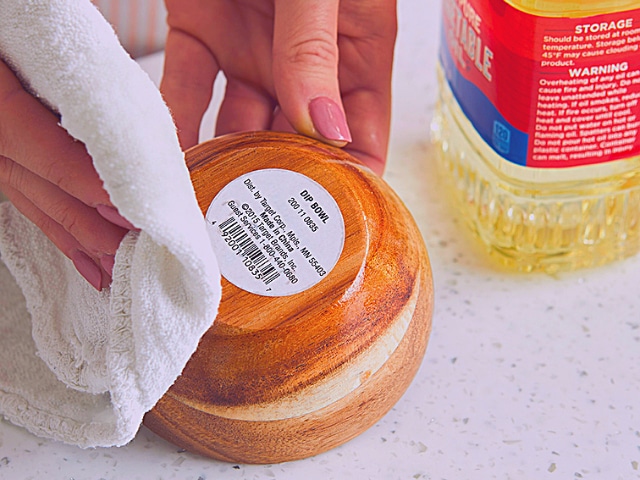
If warm soapy water isn’t effective enough for removing the adhesive, try using a bit of olive oil. Mix olive oil with borax, baking soda, or citric acid for a DIY cleaning solution.
Using a paper towel, apply a thin coat of the solution onto the surface of the sticky adhesive. Let it sit for a few minutes before rinsing it away with water. Try using olive oil instead of water when you want to remove elastics without damaging the fabric.
Olive oil has anti-fungal properties that can help keep fabrics fresh and anti-bacterial properties that make it a good choice for removing adhesive.
Make the cleaning solution ahead of time and keep it in a spray bottle to be easily used in sticky situations. Or, you can use a mini food processor to make the solution easier.
Method 3: Using Baking Soda and Oil
Baking soda has a de-inking effect that makes it an effective cleaner and an astringent that can help remove adhesive. Mix baking soda with oil to make an effective adhesive removal solution.
You can use any type of oil like coconut oil, canola oil, or vegetable oil. Use it to add some extra cleaning properties to the solution. Try mixing a bit of borax, citric acid, or salt into the oil to clean especially sticky or bothersome stickers or labels.
The solids in the solution will act as a scrubbing agent to help get rid of the adhesive. Try using a plastic scraper for an extra-fine, smooth removal.
Scraping will allow you to remove the adhesive at a more microscopic level. It will also help you get rid of ridges and crevices that may be harder to remove with paper towels alone.
Read More: How to Remove Adhesive from Glass Mirror?
Method 4: Rubbing Alcohol or Vodka
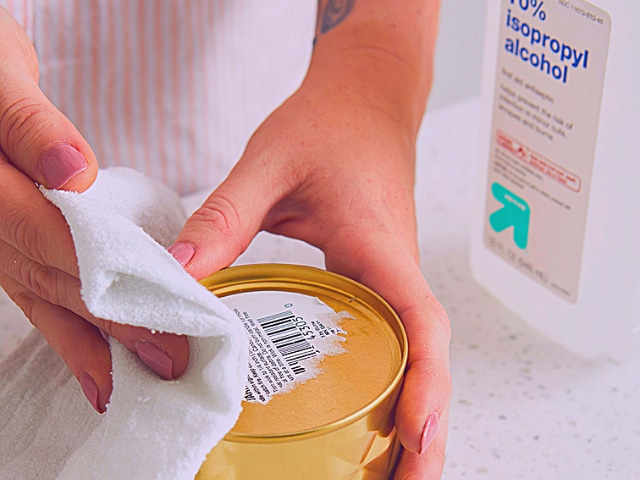
For especially stubborn stickers and labels, try using rubbing alcohol or vodka. Rubbing alcohol will have a greater de-inking effect, while vodka will have a better disinfectant effect.
Rubbing alcohol has a de-inking effect that makes it an effective cleaner, while vodka will have a better disinfectant effect. Rubbing alcohol can be used to disinfect surfaces, killing germs and bacteria.
Vodka is distilled from potatoes and has a low concentration of impurities. It is pure and effective at removing glue from plastic and other strong adherends.
You can use either alcohol or vodka to remove adhesive from plastics. Both substances have a de-inking effect that makes them great for removing glue without damaging the plastic.
Method 5: Using Plastic Scraper
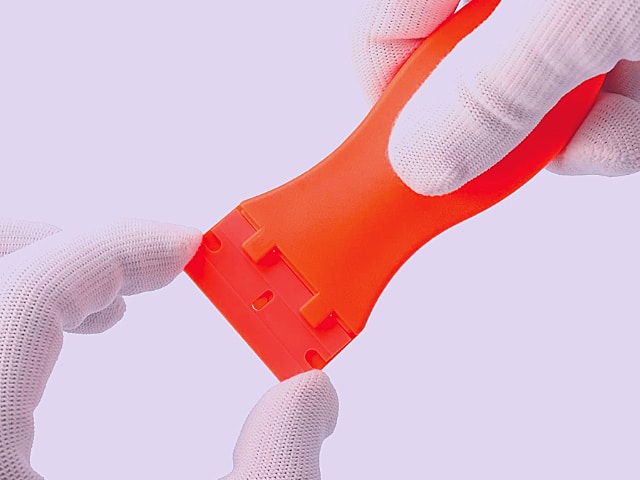
For particularly stubborn stickers and labels, try using a plastic scraper. Scrapers are designed to remove scuff marks and other fine particles from painted surfaces and plastics.
When using a scraper, try not to press down too hard as that can damage the plastic. A gentle scraping action is more effective and will get rid of the adhesive underneath the ridges and crevices of the plastic.
You can also use a plastic scraper to remove stickers or labels from painted surfaces. This will allow you to get rid of the adhesive without damaging the paint on the surface.
Read More: How to Remove Adhesive Hooks from Wall Without Damaging Paint?
Does WD 40 remove adhesive?
WD-40, a rust and stain remover, does not have any de-inking effect. It is primarily a penetrating oil that penetrates deep into the paint and helps loosen the surface so that it can be easily scraped off.
WD-40 is designed to break down heavy mineral deposits and lubricate moving parts. It is not designed to dissolve or dissolve adhesives.
Does rubbing alcohol remove adhesive?
Rubbing alcohol is a type of alcohol that is designed for use as a disinfectant. It is not designed for use as a solvent to dissolve adhesives. Rubbing alcohol has a disinfectant effect that can help kill germs and bacteria.
It is not designed to dissolve or dissolve adhesives. While rubbing alcohol can be an effective cleaner, it is not designed to dissolve or dissolve adhesives.
Last Opinion
Plastics are convenient, but they come with the challenge of adhesives. When you’re forced to deal with it, you’ll probably not like how well-sticky it is.
That’s why it’s important to know how to remove adhesives from plastics. There are many effective ways to remove adhesive from plastics without harsh chemicals or expensive equipment. These are just a few examples.

